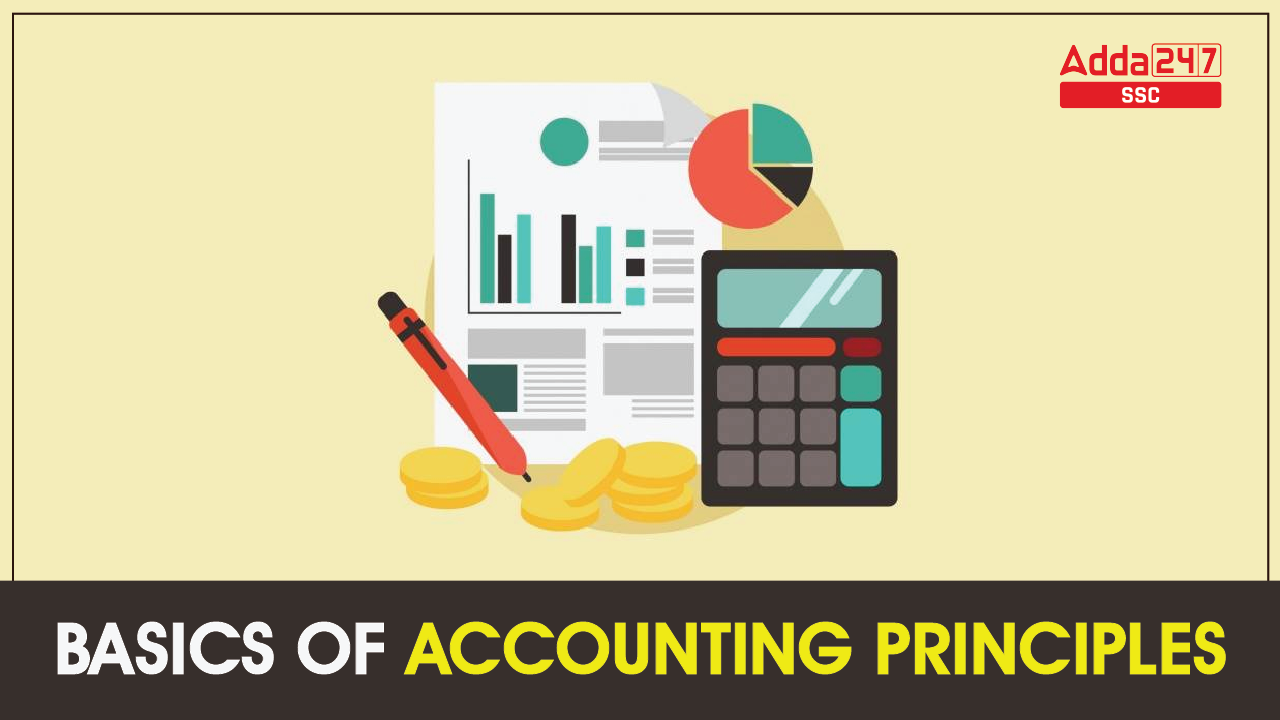Table of Contents
Basics of Accounting Principles
Basics of Accounting Principles: The American Institute of Certified Public Accountants (AICPA) defines Accounting as “the art of recording, classifying, and summarizing in a significant manner and in terms of money, transactions, and events which are, in part at least, of financial character, and interpreting the results thereof.” In simple terms, accounting means keeping a record of the financial transactions of any business entity.
Accounting is important to keep a record of the financial statements of the business entity. It helps the company to check its expenditure, revenue, profit, and loss statements and make the financial plan and budgets of the company for the future.
Basics of Accounting
While studying the Basics Of Accounting, we will first study the Golden Rules of Accounting and the three types of accounts which are:
- Real Account– Debit is what comes in, and Credit is what goes out
- Personal Account- Debit is the receiver and Credit is the giver
- Nominal Account- Debit is all expenses and losses and credit is all income and gains
Now, we will check some common terms used in Accounting.
|
Basics Terms of Accounting |
|
| Entity | A business entity means a specifically identifiable business enterprise established to undertake accounting activities |
| Transaction | An event involving some exchange of value between two or more entities. It can be a purchase of goods, receipt of money, payment to a creditor, incurring expenses, etc. |
| Assets | Economic resources owned by a company. Assets can be broadly classified into two types: Fixed Assets and Current Assets |
| Liabilities | Liabilities are obligations or debts that an enterprise has to pay at some time in the future |
| Capital | The amount invested by the owner in the firm |
| Sales | Sales are total revenues from goods or services sold or provided to customers. Sales may be cash sales or credit sales. |
| Revenue | These are the amounts the business earned by selling its products or providing services to customers |
| Expenses | Costs incurred by a business in the process of earning revenue |
| Profit | The excess of revenues of a period over its related expenses during an accounting year |
| Loss | The excess of expenses of a period over its related revenues |
| Discount | Discount is the deduction in the price of the goods sold |
| Creditors | Creditors are persons and/or other entities who have to be paid by an enterprise an amount for providing the enterprise goods and services on credit. |
| Debitors | Debtors are persons and/or other entities who owe to an enterprise an amount for buying goods and services on a credit |
| Bookkeeping | Recording the company’s financial transactions into a book in an organized manner |
5 Basic Accounting Concepts
The 5 Basic Accounting Concepts are as follows:
Revenue Principle
Also, known as Revenue Recognition Principle, this means that the revenue of a company is recognized only when they have completed the earning process i.e. when the buyer takes control of the services/products and the service is complete not when the buyer has paid the service charge or product fee. Revenue recognition is one of the most important components of accrual-basis accounting.
Cost Principle
The cost Principle is an accounting principle that records the price of an asset at the time of its purchase. It’s important to record the acquisition price of the assets in which you spend money and properly record depreciation for those assets. This helps to keep business expenses orderly.
Matching Principle
The matching principle of accounting states that the cost of revenue should be recognized at the same time when the revenue was recorded. For example, When a customer buys a watch from you, you must also count the expense of the materials required to make the watch. The expense to make the watch must match the revenue earned from selling it. When businesses apply the revenue, expense, and matching principles, they are operating under the accrual accounting method.
Full Disclosure Principle
It means that a company or business entity should list all necessary information in its financial statements. The details should not be misleading or incomplete so that the stakeholders, clients, and other related parties are able to understand and draw conclusions regarding the company.
Objectivity Principle
It means that the details contained in any financial statement should be unbiased and free from any kind of personal opinions. It should only contain details that could be backed by invoices, bills, receipts, etc.
Systems in the Process of Accounting
There are two types of accounting processes- Single Entry System and Double Entry System. Accounting Process means the process used to record the financial transaction of a particular business entity in the book of accounts. The explanation of both processes has been shared below.
Single Entry System
In a single-entry system, only one account’s financial transactions are recorded in the books. The oldest form of a single-entry system is Cashbook.
Double Entry System
In a double-entry system, the financial transactions are recorded in two different accounts, where Assets= Liability + Equity. Where one account is a credit account and another account is a debit account.



 RRB Patna Meeting Update – 7 Key Points ...
RRB Patna Meeting Update – 7 Key Points ...
 SSC CGL 2025: Will the Number of Vacanci...
SSC CGL 2025: Will the Number of Vacanci...
 RRB ALP Preparation Strategy 2025, Tips ...
RRB ALP Preparation Strategy 2025, Tips ...


